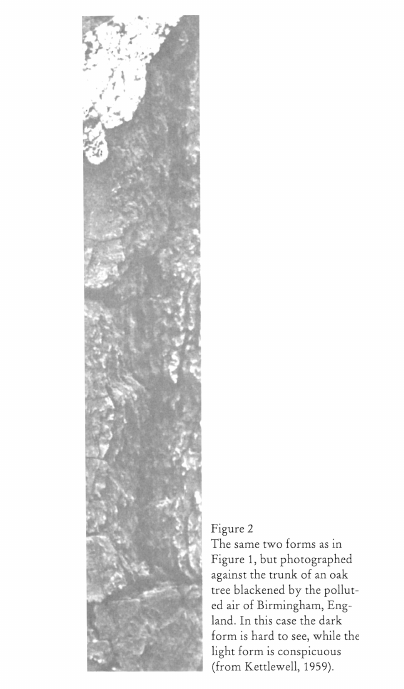Science as process or dogma? The case of the peppered moth
Elemente der Naturwissenschaft
70,
1999,
P.
39-51 |
DOI:
10.18756/edn.70.39
Article | Language: English | €6.00
Export Article Citation as
- Plain text
- BibTeX
- RIS format
- Download price : € 6.00
Abstract:
The example of the Peppered Moth (Biston betularia) is widely viewed and presented as a clear proof of evolution through natural selection. A study of the primary literature reveals a much more complex picture of the phenomena and of the process of scientific investigation. This example can teach us to be critical of «scientific proofs» and help us to view science as a process of interaction between the observer and the observed. This has significant implications for science education.

